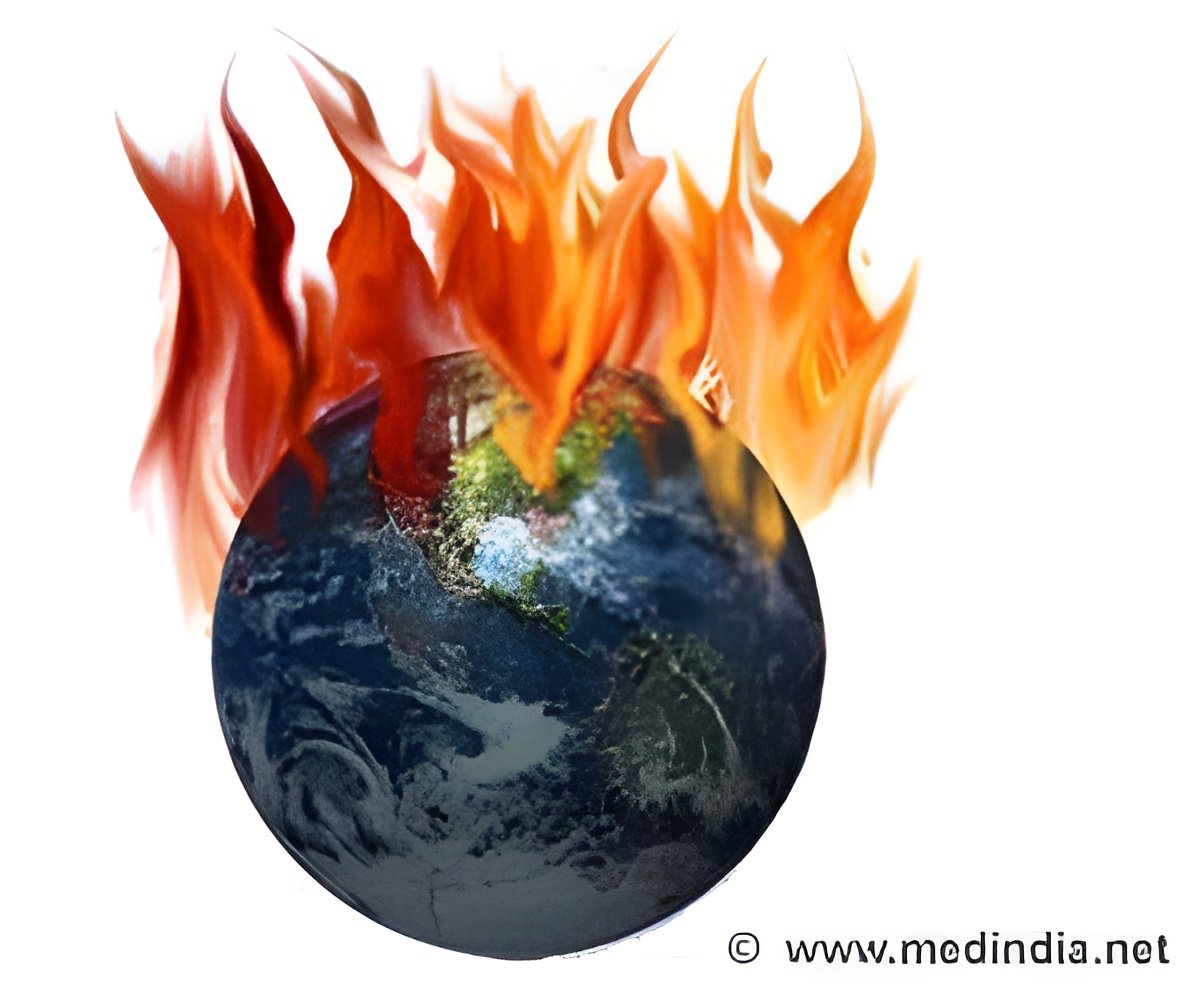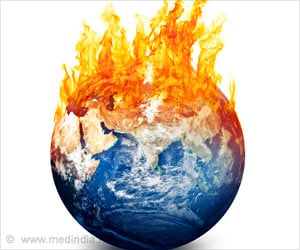A lowered estimate of probable global temperature increase as a result of human-induced emissions of greenhouse gases was indicated by new findings from a Norwegian project on climate calculations.

According to the Intergovernmental Panel on Climate Change (IPCC) the climate sensitivity to doubled atmospheric CO2 levels is probably between 2 degree C and 4.5 degree C, with the most probable being 3 degree C of warming.
In the Norwegian project, however, researchers have arrived at an estimate of 1.9 degree C as the most likely level of warming.
"In our project we have worked on finding out the overall effect of all known feedback mechanisms," said project manager Terje Berntsen, who is a professor at the University of Oslo's Department of Geosciences and a senior research fellow at the Center for International Climate and
Environmental Research - Oslo (CICERO).
"We used a method that enables us to view the entire earth as one giant 'laboratory' where humankind has been conducting a collective experiment through our emissions of greenhouse gases and particulates, deforestation, and other activities that affect climate," Berntsen stated.
Advertisement
The researchers used a single climate model that repeated calculations millions of times in order to form a basis for statistical analysis. Highly advanced calculations based on Bayesian statistics were carried out by statisticians at the Norwegian Computing Center.
Advertisement
But the researchers were surprised when they entered temperatures and other data from the decade 2000-2010 into the model; climate sensitivity was greatly reduced to a "mere" 1.9degreeC.
Professor Berntsen said that this temperature increase would first be upon us only after we reach the doubled level of CO2 concentration (compared to 1750) and maintain that level for an extended time, because the oceans delay the effect by several decades.
The figure of 1.9 degree C as a prediction of global warming from a doubling of atmospheric CO2 concentration is an average. When researchers instead calculate a probability interval of what will occur, including observations and data up to 2010, they determine with 90 percent probability that global warming from a doubling of CO2 concentration would lie between 1.2degreeC and 2.9 degree C.
This maximum of 2.9 degree C global warming is substantially lower than many previous calculations have estimated. Thus, when the researchers factor in the observations of temperature trends from 2000 to 2010, they significantly reduce the probability of our experiencing the most dramatic climate change forecast up to now.
Berntsen emphasises that his project's findings must not be construed as an excuse for complacency in addressing human-induced global warming. The results do indicate, however, that it may be more within our reach to achieve global climate targets than previously thought.
Source-ANI









